How to grow Angelica
This member of the carrot family can be biennial or perennial and is grown for its large, domed umbel flowerheads on tall, hollow stems. Most species hail from damp woodlands, meadows, fens, and streambanks throughout the northern hemisphere.
Angelica archangelica is a popular species native to northern Europe and naturalised in the UK. It has a long tradition of culinary and medicinal use – the stems can be candied, and its roots are used to flavour drinks and food. A. sylvestris is a UK native wildflower, a reddish-purple cultivar of which (‘Vicar’s Mead’) is a favourite amongst gardeners. Also known as Korean angelica, A. gigas is grown for its towering, striking deep purple blooms, and the slightly lesser-known Portuguese angelica, A. pachycarpa, has unusually shiny foliage.
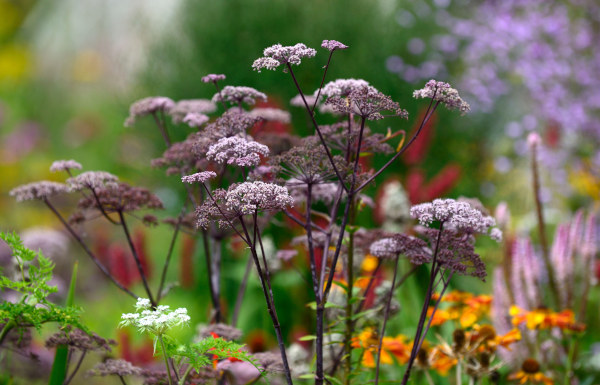
Key Information
Soil pH
Position
Hardiness

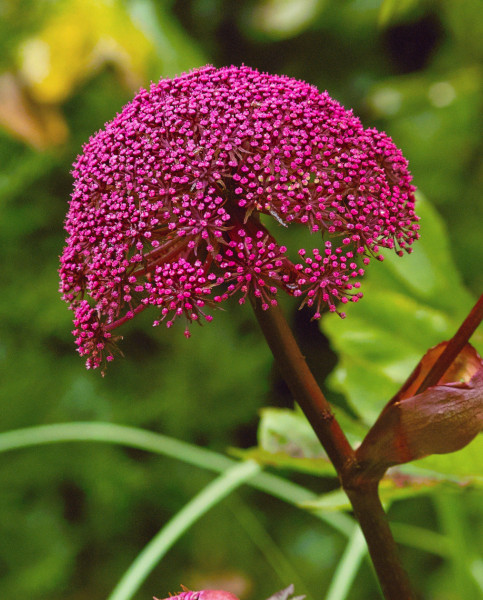
Where to plant Angelica
As a young potted plant angelica is usually available to buy during spring and should be planted as soon as possible. Planting can also be carried out in summer, though be prepared to water regularly.
Angelica is a tall, architectural plant which suits the back of a border, edge of a woodland, or wild area. Its flowers are highly attractive to pollinators and seeds a good food source for birds, so it makes a good choice for a wildlife garden. A. archangelica is also a regular feature of herb gardens, given its culinary and medicinal uses.
Like all members of the carrot family, angelica sends down a deep tap root and therefore is less suitable for container growing. If you do wish to try, use the deepest pot you can get your hands on.
The taproot also means it resents being moved – so try to get the planting position right first time!
How to plant Angelica
- For planting in the garden, dig the soil area removing any large stones and weeds and breaking up any lumps. Mix in some organic matter such as manure or garden compost. Rake level and firm with your heels. Rake level again.
- Water plants well and allow to drain before planting.
- A good tip is to dig a hole twice the size of the root-ball. Fill with water and allow to drain before placing in the plant.
- Place the plant in the hole, ensuring the top of the root ball sits level with the surface of the soil. Too low and the plant may rot, too high and the roots can dry out.
- Backfill with soil and firm in gently with your foot.
- Soak well with water.
- Mulch around the base with well-rotted organic matter.
- For planting in containers, first choose the deepest pot you can find to accommodate your angelica’s long taproot. You may wish to grow it on its own or as part of a larger, mixed container display. Either way, ensure there are plenty of drainage holes in the bottom.
- If you are using a large or heavy pot, it can be a good idea to fill and plant it in situ to save yourself the trouble of moving once full.
- Use a good quality potting compost with some horticultural grit mixed in and, if not already present (check the labelling on the bag) some slow-release fertiliser granules.
- Start by partially filling the pot with compost; enough so that when placed on it the upper surface of the root ball is about 3cm lower than the top of the pot.
- Fill around the plant with compost, firming down with your fingers then adding a little more so it is held tight.
- Pick up the container and lightly tap on the potting bench or ground a few times to help further settle the compost around the plant.
- Soak well with water.
- A mulch with horticultural grit will look attractive and help to prevent a ‘cap’ or crust forming on the top of the compost (something container plants can suffer due to the artificial nature of their watering).
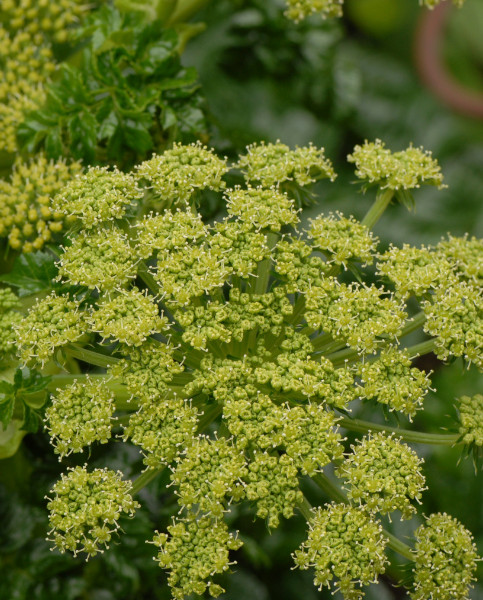
What to plant with Angelica
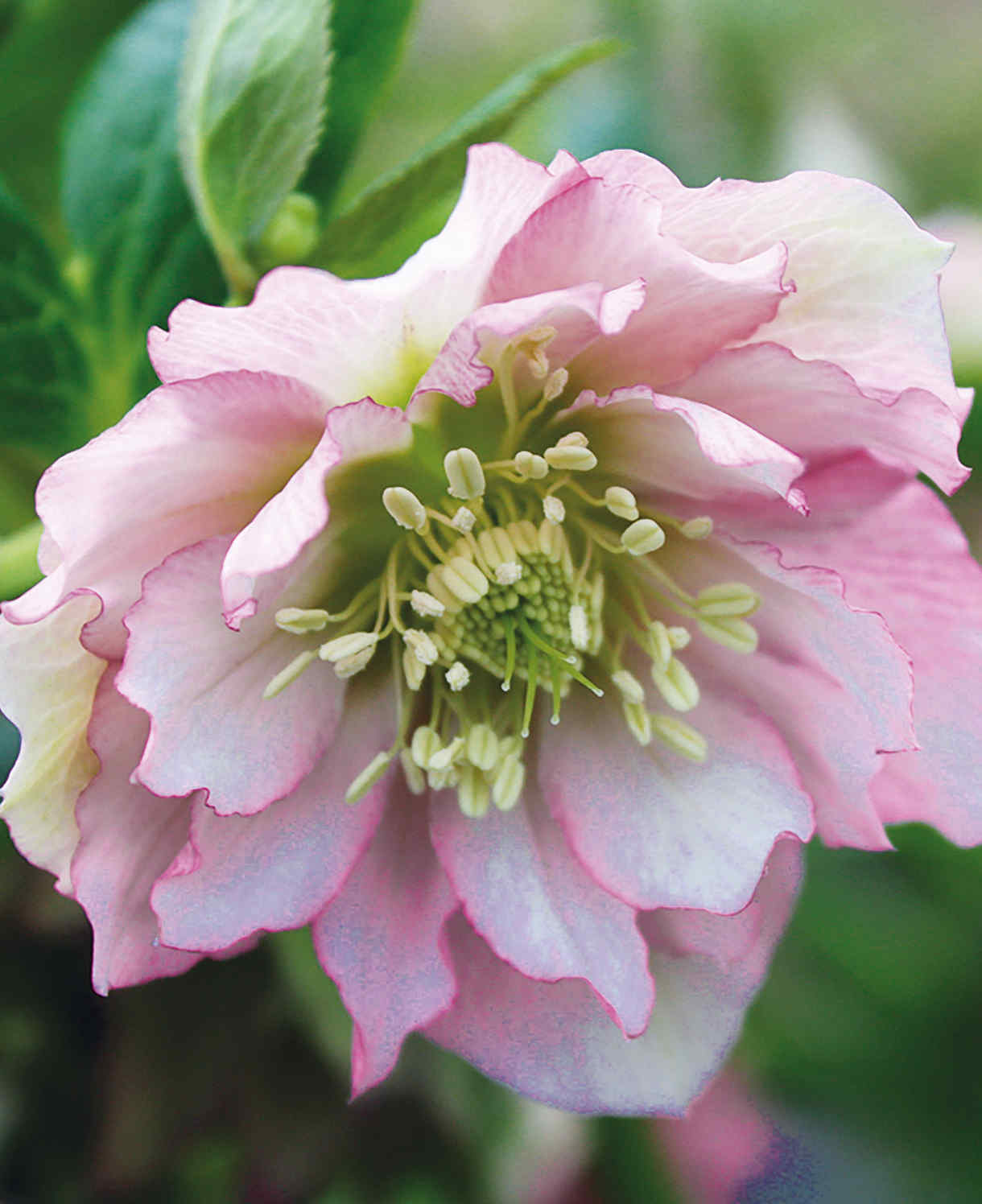
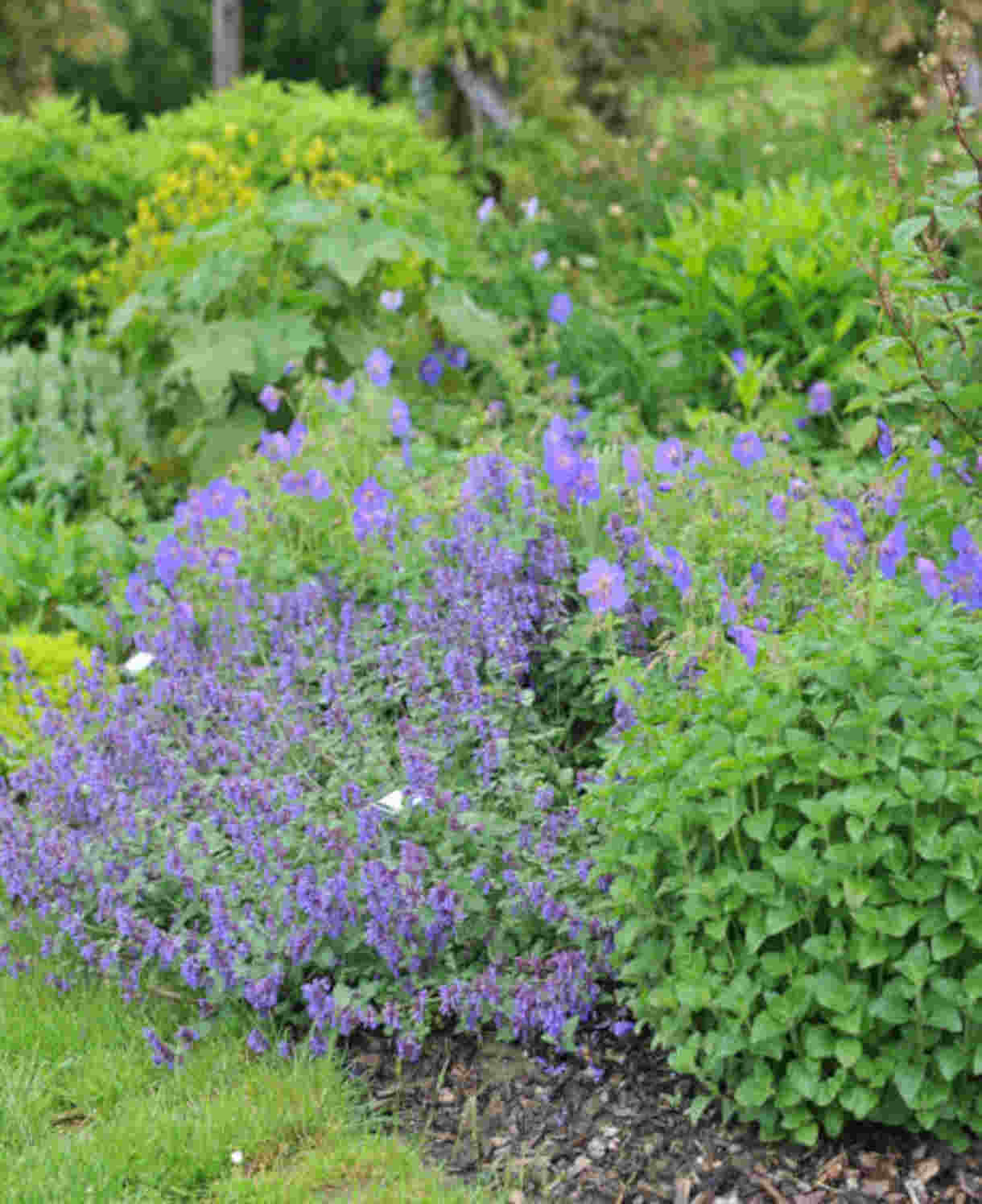
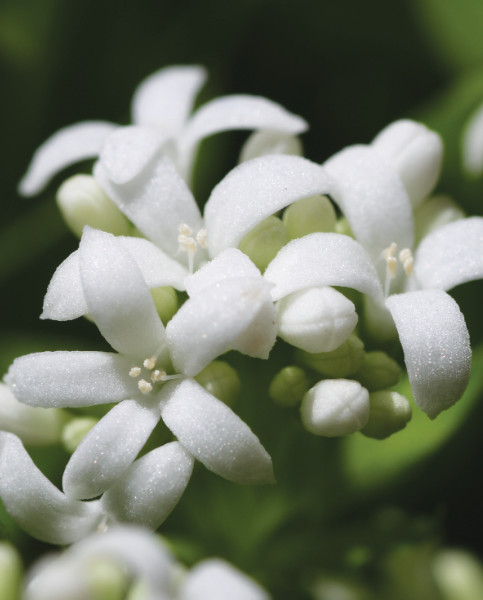
How to care for Angelica
Pruning and Deadheading
Many of the biennial species can become short-lived perennials with a little clever pruning. By removing spent flower heads before they have a chance to set seed, there is a chance they will flower again the following year. A. archangelica is particularly responsive to this type of treatment.
Watering
Angelica enjoys moist conditions and so benefits from a good watering in on planting and then regular soakings until established. Once the taproot is established the plants may be able to sustain themselves in periods of drought, though keeping the soil consistently moist will always give better results. Allowing the top few centimetres to dry out between soakings is a good rule of thumb to avoid overwatering. To check this, wiggle your finger down into the soil until you hit a cool, damp bit.
Container-grown angelica need even more attention as they have less access to water. Again, aim for consistently moist but not soggy compost using the ‘finger check’ technique above. Be aware that in hot, dry weather containers may need watering every day.
Feeding
On healthy, fertile soil, a mulch of well-rotted organic matter (i.e., a layer of manure or garden compost applied to the soil around the plant) should provide enough nutrients for your angelica. This has the added benefit of suppressing weeds and locking in moisture. Mulch when planting, and then again the following spring if your angelica is still going.
If you garden on poor soil, applying a general purpose granular feed to the surface of the soil and lightly working in (known as a ‘top dress’) can reap benefits. Do this when you’re mulching – first apply the top dress, then cover with the mulch.
Container-grown plants are different, as they rely solely on the gardener for nutrition. Get off to a flying start by making sure you use a good quality compost, then throughout the growing season (March to September) apply a fortnightly liquid feed.
Cold Protection
Angelica are usually fully hardy and, when grown in the right conditions, should withstand an average UK winter without any additional protection. Having said this, there are different degrees of hardiness, and some species and cultivars are slightly less robust than others.
Those with a rating of H4 (e.g., A. pachycarpa) can struggle in a very cold, wet winter, so if you live in the north it can be worth protecting these over winter with a dry mulch. Any H4 plant in a container will benefit from being wrapped in fleece, hessian, or bubblewrap in all but the mildest or most protected spots.
H5 rated angelica (e.g., A. sylvestris and A. archangelica) should be fine in all but the most exposed spots. Again, protect those in containers as above.
Angelica with a H6 rating (A. gigas) can be relied upon to get through winter without concern. You may wish to protect those in a container if you’re in a very cold, exposed area. Otherwise, leave them to it!
Pests and Diseases
Slugs and snails can be a nuisance when plants are young. Encouraging natural predators into your garden, such as birds, frogs, toads, and hedgehogs, will make a big difference. Torchlight searches after dark (when slugs and snails are at their most active) are also effective, allowing you to collect the offending molluscs in a bucket and dispose of as you see fit. Relocating to a nearby woods or bagging up and putting in your freezer before popping them in the bin are said to be the most humane approaches.
A fungal disease known as powdery mildew can also crop up, appearing as a white, powder-like coating on foliage. This is generally a sign that a plant is stressed – often through lack of water, though other causes can include poor airflow, over fertilizing, and insufficient sunlight.
Prune off and dispose of any affected leaves and if necessary, thin out surrounding plants to improve airflow and light levels. Do not be tempted to give the plant extra feed, as this will generate an excess of soft, new growth which is particularly susceptible to the fungus.
You may also spot aphid crowding around the stems and flowers. Again, our advice is that these are part of a balanced garden ecosystem and the best approach is to leave them to their natural predators (e.g. birds, ladybirds, and wasps). When numbers are so large, however, that their feeding starts to inhibit and disfigure growth, you may feel it necessary to take action. Regularly blasting off with a hose or wiping away with a cloth or piece of kitchen paper can help to keep numbers down without harming other members of the ecosystem.
How to propagate Angelica
Angelica can be propagated by seed, which (as for all plants in the apiaceae family) need to be sown as soon as they are ripe.
- Seeds are typically ready for collecting in late summer when the seedheads have dried and turned brown.
- Snip the seedheads from the plant using scissors or secateurs. Try to do this in dry conditions, and place in a small paper bag or envelope.
- Fill a seed tray or small pot with a very well-draining compost mix, compressing the surface lightly with a flat piece of wood or the bottom of another pot.
- Sprinkle the tiny seeds evenly over the surface of the compost, pressing down lightly to ensure contact.
- Angelica seeds germinate best when left uncovered, so don’t sprinkle any compost on top as you would usually with seed sowing.
- Water the soil gently with a fine spray until it is evenly moist but not waterlogged.
- Place the seed tray or pots in a coldframe, unheated greenhouse, or on a cool, bright windowsill.
- When the seedlings have grown large enough to handle, transplant them into individual pots filled with a very gritty mix and continue to grow on in a frost-free environment.
- Water regularly, though avoid soggy compost.
- Plant out the following spring, following our ‘How to plant angelica’ section above. Expect flowers in two to three years depending on the species.
* Many plants carry Plant Breeders Rights and cannot be propagated for commercial purposes.
Common angelica questions
- Is angelica easy to grow?
Angelica is a low maintenance plant that puts on an impressive display in return for little input. Simply provide moist, deep, fertile conditions and watch it go! - Is angelica a hardy plant?
Short answer – yes! Longer answer – see our ‘Cold Protection’ section above.
- Is angelica invasive?
While there may be a degree of self-seeding, this is not considered an invasive plant in the UK. - Does angelica need staking?
Angelica produces extremely strong, ribbed, hollow stems. It rarely requires staking other than in very exposed, windy locations. - What do angelica roots look like?
Expect to see a long, thick, tapered taproot made of many smaller fleshy roots entwined together. - How do I make candied angelica stem?
Pick young, tender stems of archangelica in spring (before June). Cut into small sections around 4cm long and blanch in a hot sugar syrup. Dry then store in an airtight jar.




